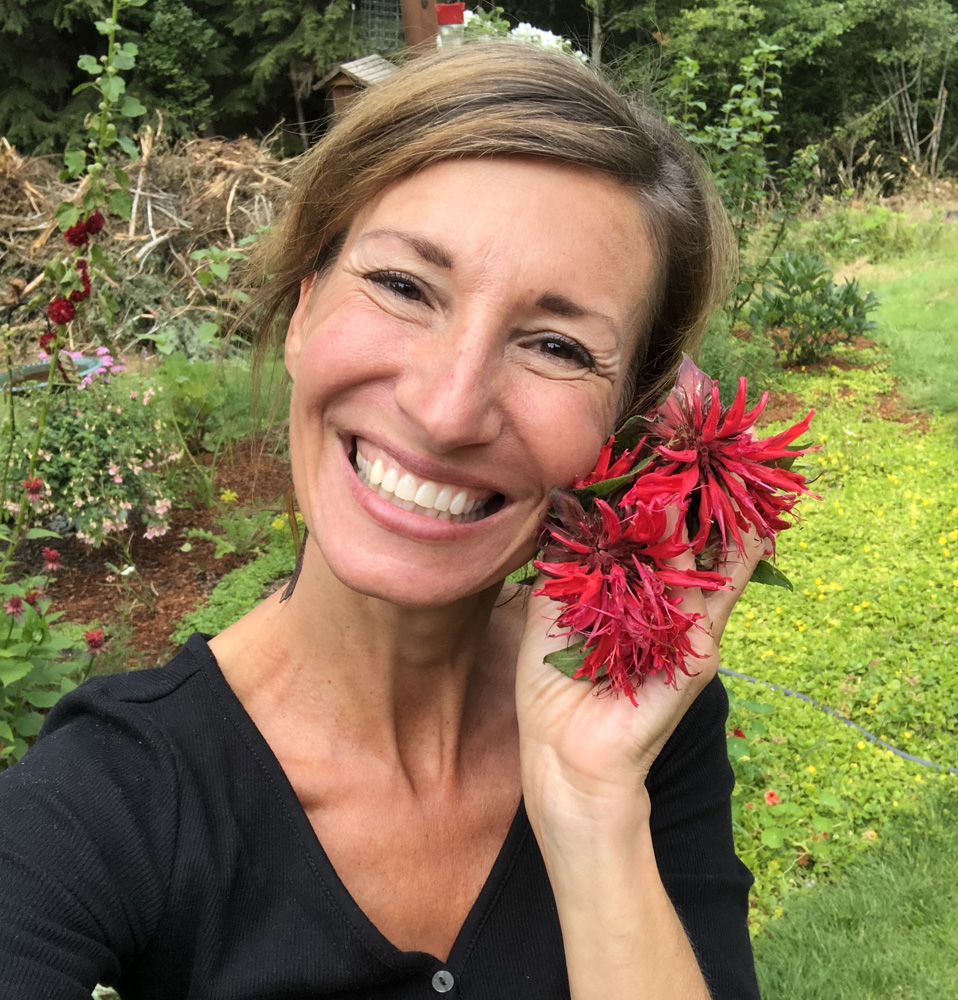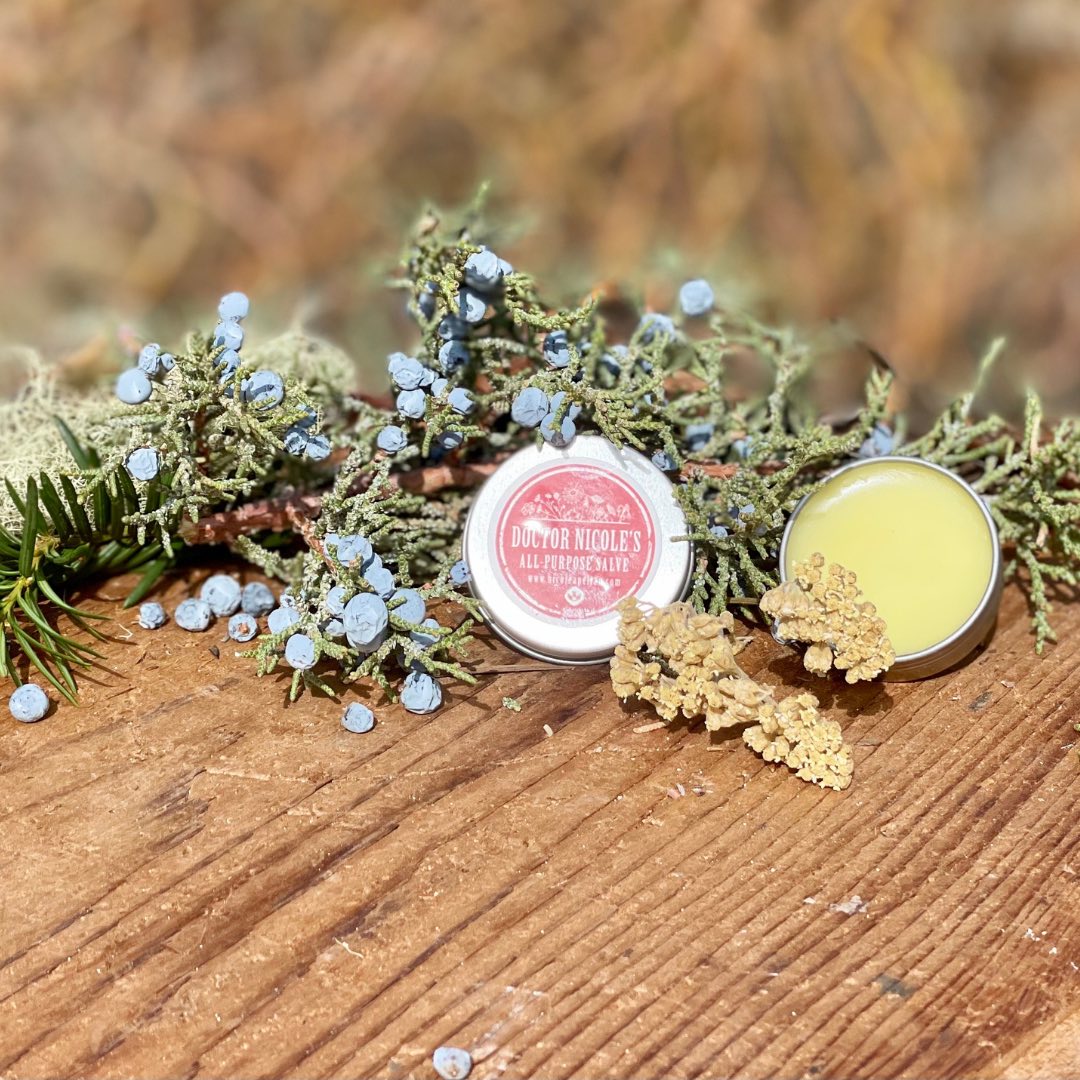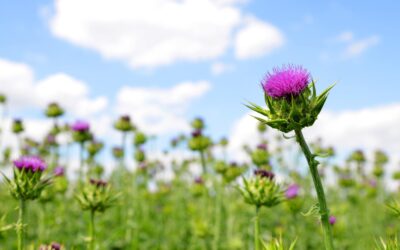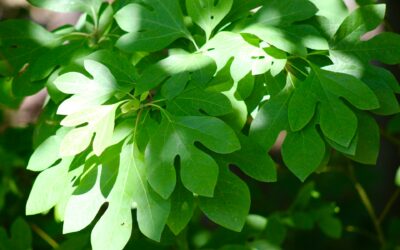Get the Buzz on Bee Balm: A Cheerful Plant With a Range of Uses
Known as Oswego tea, red and scarlet bergamot, horsemint, and Indian nettle, bee balm is a beautiful plant that attracts a range of pollinators into your garden, including hummingbirds, bees, and butterflies. Part of the lamiaceae (mint) family, it is easily cultivated. What’s more, the leaves and flowers have many culinary and medicinal uses. This is definitely a plant you will want to get to know!
Basic Identification
With a robust scent and showy flowers, bee balm is difficult to miss. It grows up to 3 feet (0.9 meters) and has straight, ridged, square stems. The leaves range from 3 to 6 inches (7.5 cm to 15 cm) in length and have a strong fragrance. The flowers can be deep pink to bright red to purple and are approximately 1 1/2 inches (3.75 cm) long. They are grouped in dense heads with many flowers and bloom in mid to late summer. It is a perennial and increases in size each autumn.
Where Does It Grow? You can find bee balm growing naturally in many areas of North America, Europe, and Asia.
Harvesting Advice
The best time to pick bee balm leaves is mid to late morning after the dew has dried. I like to harvest my yearly supply during the summer and dry it for later use. To collect the flowers, pick when they are just beginning to fully open. Dry and store them in a sealed jar placed in a cool, dark location, such as a pantry.

Edible Uses
Both the leaves and flowers are edible. The flowers make for a lovely garnish in salads, while the leaves can be dried and used like sage to flavor meats and other dishes.
Recipes. Oswego Tea: You’ll need 1 teaspoon of Oswego tea/bee balm leaves and 1 cup boiling water. Pour the boiling water over the tea leaves and allow the tea to steep for 5 to 10 minutes. Strain out the leaves and drink.
Medicinal Uses
The leaves and flowers are used medicinally for nervous complaints, fevers, menstrual problems, and more. It is an excellent salve for soothing bites, stings, and rashes. Don’t have bee balm on hand? Try my All-Purpose (First Aid) Salve for skin irritations instead.
Here are my top 3 uses for bee balm:
Congestion, Colds, Sore Throats. Bee balm is an excellent medicinal herb for nasal and chest congestion when used as a tea or in a steam vaporizer. By breathing in the vapors, it will help to open the sinuses and clear lung congestion. The next time you are ill with a cold or have a sore throat, give bee balm a try!
Menstrual Complaints. Considered anti-spasmodic, when large doses of bee balm are consumed, it helps to bring on the menstrual period. Because it can cause miscarriage, do not use it during pregnancy.
Gastrointestinal Issues. Bee balm has a soothing effect on the stomach and helps to calm nausea, flatulence, and vomiting. However, bee balm is contraindicated for nausea due to pregnancy as it may induce miscarriage.
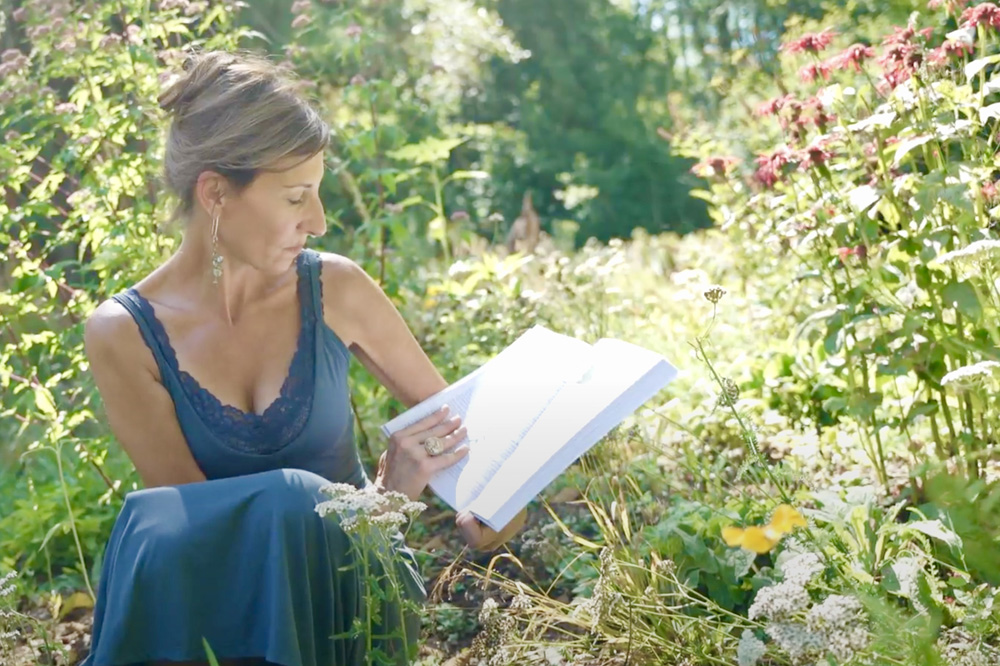
Deepen Your Knowledge of Herbal Medicine
But that’s not all. There are over 13 medicinal uses for bee balm in my book, The Lost Book of Herbal Remedies: The Healing Power of Plant Medicine. Detailed harvesting advice for this herb and many other easy to find plants are included. What’s more, it shows you how to make tinctures, decoctions, oil infusions, salves, and more right in your own home. Nature does indeed provide!
Nicole Apelian
Nicole’s Apothecary Products in this Post
Safety
Do not use bee balm during pregnancy.

